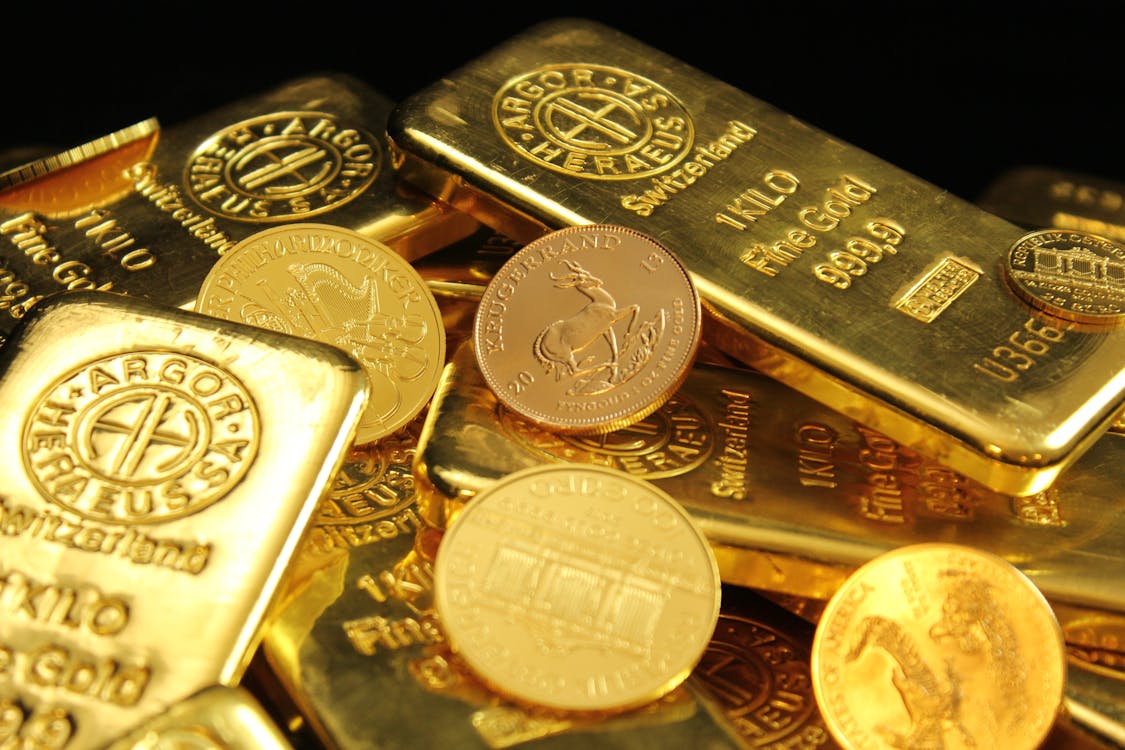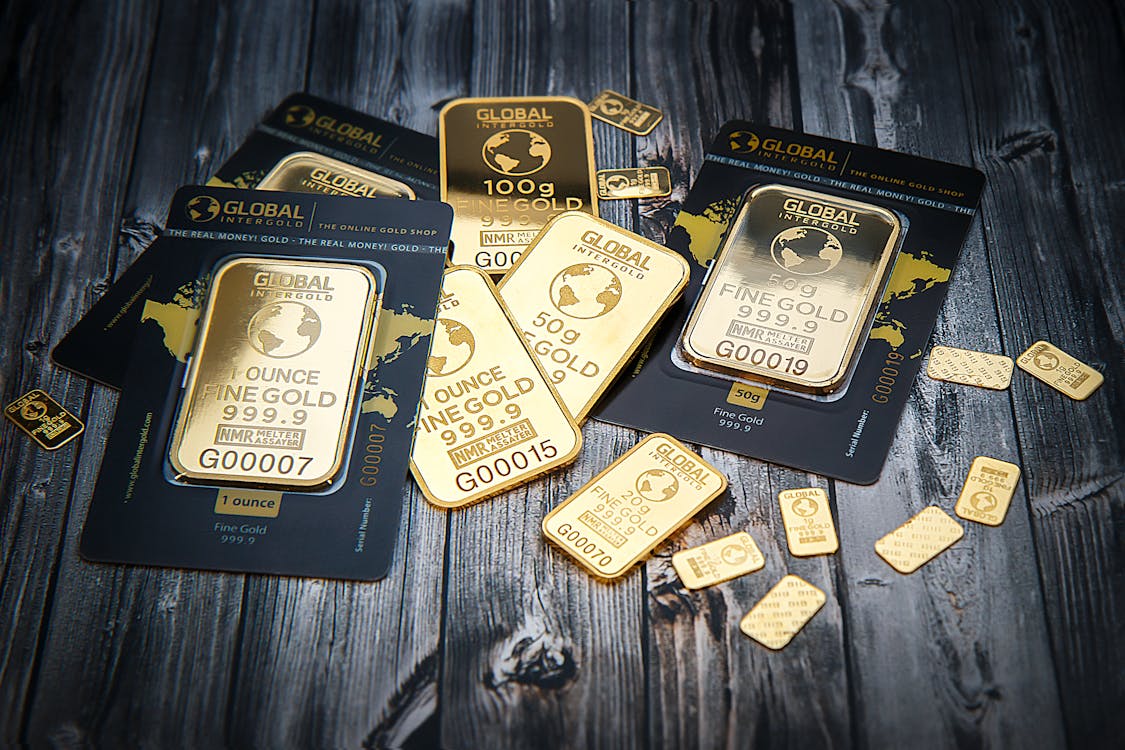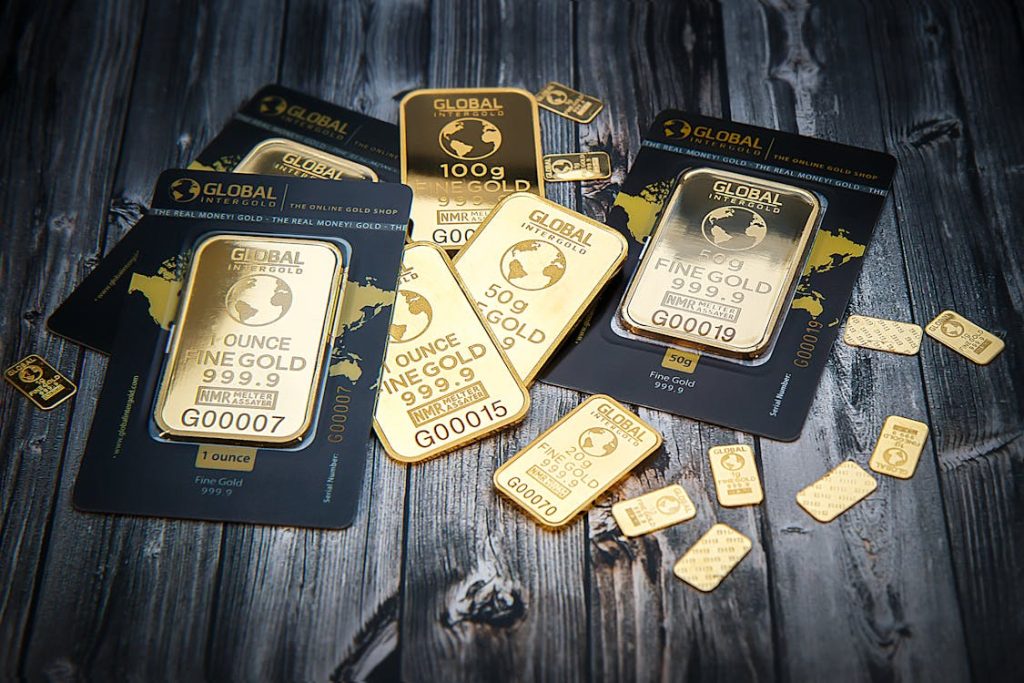Everything You Need to Know Before You Start Trading Gold
Gold has been valued for centuries—not just as jewelry or wealth, but as a financial safe haven during economic uncertainty. For modern traders, gold offers unique opportunities to diversify portfolios and hedge against inflation, currency risk, and market volatility. In this article, we break down what it takes to trade gold effectively and responsibly.

1. Why Trade Gold?
Gold is often referred to as a “safe haven” asset. Unlike currencies or stocks, it tends to retain value during crises. Traders choose gold for various reasons:
- Hedge against inflation: When currency values decline, gold often retains or increases in value.
- Market diversification: Gold behaves differently from stocks and bonds.
- Global demand: Gold has industrial, investment, and jewelry applications, creating steady demand.
2. Ways to Trade Gold
There are multiple ways to gain exposure to gold:
- Spot trading (XAU/USD): The most popular form, involving real-time gold price trading.
- Futures contracts: Agreements to buy or sell gold at a future date and price.
- Gold ETFs: Exchange-traded funds that track the price of gold.
- Mining stocks: Investing in companies that produce gold.
3. Understanding Gold Price Drivers
Before placing a trade, it’s important to know what affects gold prices:
- US Dollar strength: Gold and the USD often have an inverse relationship.
- Inflation and interest rates: Gold tends to rise when inflation increases or interest rates fall.
- Geopolitical events: Crises can boost demand for gold as a safe store of value.
- Central bank policies: Purchases or sales of gold by national banks can influence price trends.
4. Gold Trading Hours and Platforms
Gold trading is available nearly 24 hours a day, especially in the spot market. Most online brokers offer XAU/USD trading through platforms like:
- MetaTrader 4/5 (MT4/MT5)
- cTrader
- Web-based platforms with real-time gold charts and indicators
5. Key Strategies for Gold Traders
Different strategies suit different trading styles. Popular ones include:
- Trend following: Using moving averages and price action to ride long-term trends.
- Breakout trading: Identifying key support/resistance levels and entering after a breakout.
- Scalping: Small, quick trades during high volatility sessions.
- News trading: Taking advantage of price spikes during economic news releases.
6. Technical Analysis in Gold Trading
Most traders rely on technical indicators to make decisions. Useful tools for gold include:
- Fibonacci retracement
- Relative Strength Index (RSI)
- Bollinger Bands
- MACD
7. Risk Management Tips
Gold trading can be highly volatile. To protect your capital:
- Always use stop-loss orders.
- Don’t over-leverage your account.
- Keep position sizes proportional to your capital.
- Trade with a clear plan and avoid emotional decisions.






